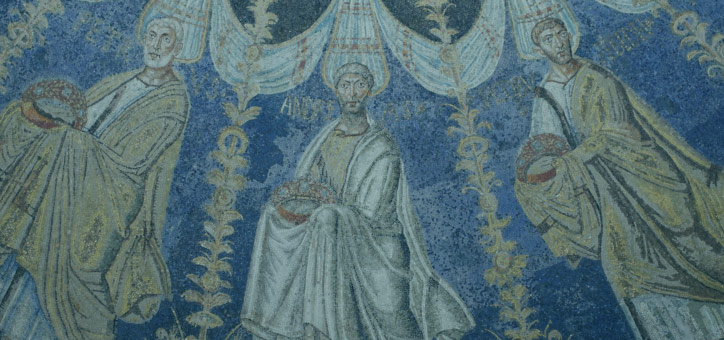Art history is about more than just the study of art. Art historians put great cultural works in the context of their time and within the flow of history.
Viewed through the lens of human creativity, art history teaches how cultures rise and fall and how societies develop. With a degree in art history, you’ll understand where we came from, how we got here, and maybe even a little bit about where we’re going.
Writer and thinker Marshall McLuhan said, “I think of art, at its most significant, as a DEW line, a Distant Early Warning system that can always be relied on to tell the old culture what is beginning to happen to it.”
From this perspective, art history is a fascinating and engaging major that also prepares a graduate for any number of rewarding careers. If you’re wondering whether a degree in art history might be right for you, you’ve come to the right place. We’ll tell you what to expect from the major as well as some of the great careers made possible by a degree in art history.
What Is Art History?
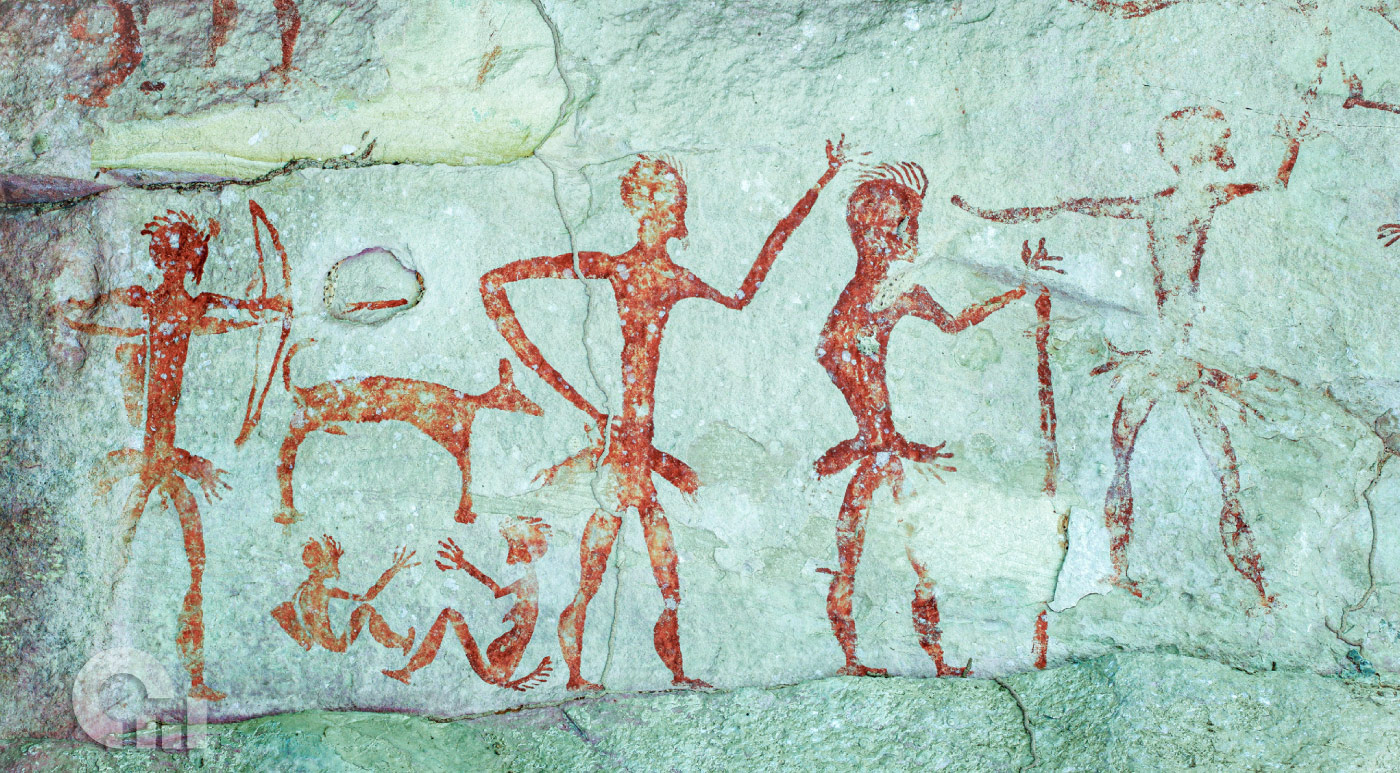
If you’re considering a degree in art history, chances are you’ve heard this question once or twice. After all, who’s hiring for someone who can identify Van Gogh’s paintings or speak at length about esoteric art movements?
If these concerns have ever crossed your mind, we’re here to tell you to take a deep breath. While you will gain knowledge like this if you major in art history, these degrees are about more than just who painted what, when, and where.
Art represents culture and culture represents people, and there’s no better way to understand ourselves than through humanity’s creative output. A degree in art history provides just this perspective. It forces students to ask questions like, “How did our values become what they are today?” and “Why do we think the way we think, and what is our vision for the future?”
An art history major will also be able to think critically and creatively. Sure, you’ll memorize the names of painters, dates, locations, and learn to write long essays on specific art movements. But art history also teaches students the value of perspective, analysis, and critical thought.
It’s not enough to have an opinion about art, but that opinion must be supported by research and carefully considered arguments, as well as a keen understanding of what makes people tick.
And skills such as these are always in demand for any number of great employers.
Buffy Martin Tarbox is the communications manager with the Peninsula Humane Society & SPCA in Burlingame, CA. She graduated in 1994 with a BA in Art History from the University of Nevada, Reno.
Martin Tarbox says her degree in art history taught her the value of visual communication and the power of research.
“As a communications specialist, my art history degree taught me the vital importance of using — and sometimes not using — powerful images to affect emotions and draw attention to whatever message or feeling I am trying to convey,” Martin Tarbox tells Online Schools Report.
“Even something as simple as working with a graphic designer to create a flyer or handout has been aided by my art history studies, which gave me a deeper understanding of color, light and dark shading, and spacing,” she says.
From associate degrees to PhDs, what’s clear is that majoring in art history opens the door to an exciting future. Up next, we’ll take a closer look at just a few of the many great careers made possible by a degree in art history.
Careers in Art History
As promised, listed below are just a few of the many jobs perfectly suited for an art history major. In addition to what’s mentioned, many art history students go on to become teachers, gallery owners, and conservators.
| Job Title | Approx. # years of education | Average Annual Salary |
| Advertising, Promotions, and Marketing Manager | 4 | $135,900 |
| Recreational Therapist | 4 | $48,220 |
| Archivists, Curators, and Museum Workers | Varies | $49,850 |
| Craft and Fine Artists | Varies | $48,760 |
| Public Relations and Fundraising Managers | 4 | $116,180 |
All salary data is courtesy U.S. Bureau of Labor Statistics Occupational Outlook Handbook.
Advertising, Promotions, and Marketing Manager

Studying art history in large part involves the study of visual communication. And what is advertising, promotions, and marketing but a form of visual communication? It makes sense, then, that many who major in art history go on to work in these industries.
In their daily work, advertising promotions and marketing professionals plan promotional, advertising, and marketing campaigns. This may include setting budgets, establishing contracts, building marketing plans, and selecting apt advertising media.
They may also initiate market research studies, the goal being to find out and understand customer and market opportunities for businesses and clients. Marketing professionals may also establish pricing for goods and services and also oversee the daily activities of staff.
According to the Bureau of Labor Statistics advertising, promotions, and marketing managers make a little more than $135,000 a year. There are a little less than 315,000 jobs in the U.S. That number is expected to grow at a rate of 6% in the years spanning 2019–2029, which is faster than average.

A bachelor’s degree is most often the minimum educational requirement to find work in this profession. Also according to the BLS, 43% of advertising and promotions managers work in advertising and public relations and 11% are self-employed.
Following that, 10% work in the information technology industry, and 7% work in company and enterprise management. The remaining 4% work in the wholesale trade.
Important professional organizations include the American Advertising Federation and the American Association of Advertising Agencies. States with strong employment numbers in these industries include New York, California, and Illinois.
Recreational Therapist

Not all forms of therapy take place in a therapist’s office. Some kinds of therapy take place outdoors, and others take place in an art studio. That’s where art therapy comes in, which falls under the umbrella of recreational therapy, a common line of work for many who couple a degree in art history with advanced degrees and licensing in psychology, therapy, and counseling.
In their work, recreational therapists first assess the needs of their clients. This can include personal observations, evaluating medical records, testing, and discussions with other healthcare providers, family members, and sometimes other patients.
Next, recreational therapists develop a treatment plan. These forms of treatment can take many forms, including arts and crafts, but are generally intended to help clients learn social skills, become more independent, and to teach patients coping strategies for stress, anxiety, and depression.
Recreational therapists also maintain health records, document a patient’s progress, and evaluate the effectiveness of the treatment.
According to the Bureau of Labor Statistics, recreational therapists make a little more than $48,000 a year on average. There are a little less than 20,000 jobs in recreational therapy across the U.S. and that number is expected to grow at a rate of 8% in the years spanning 2019–2029. This is an above-average rate of growth compared to many other professions.
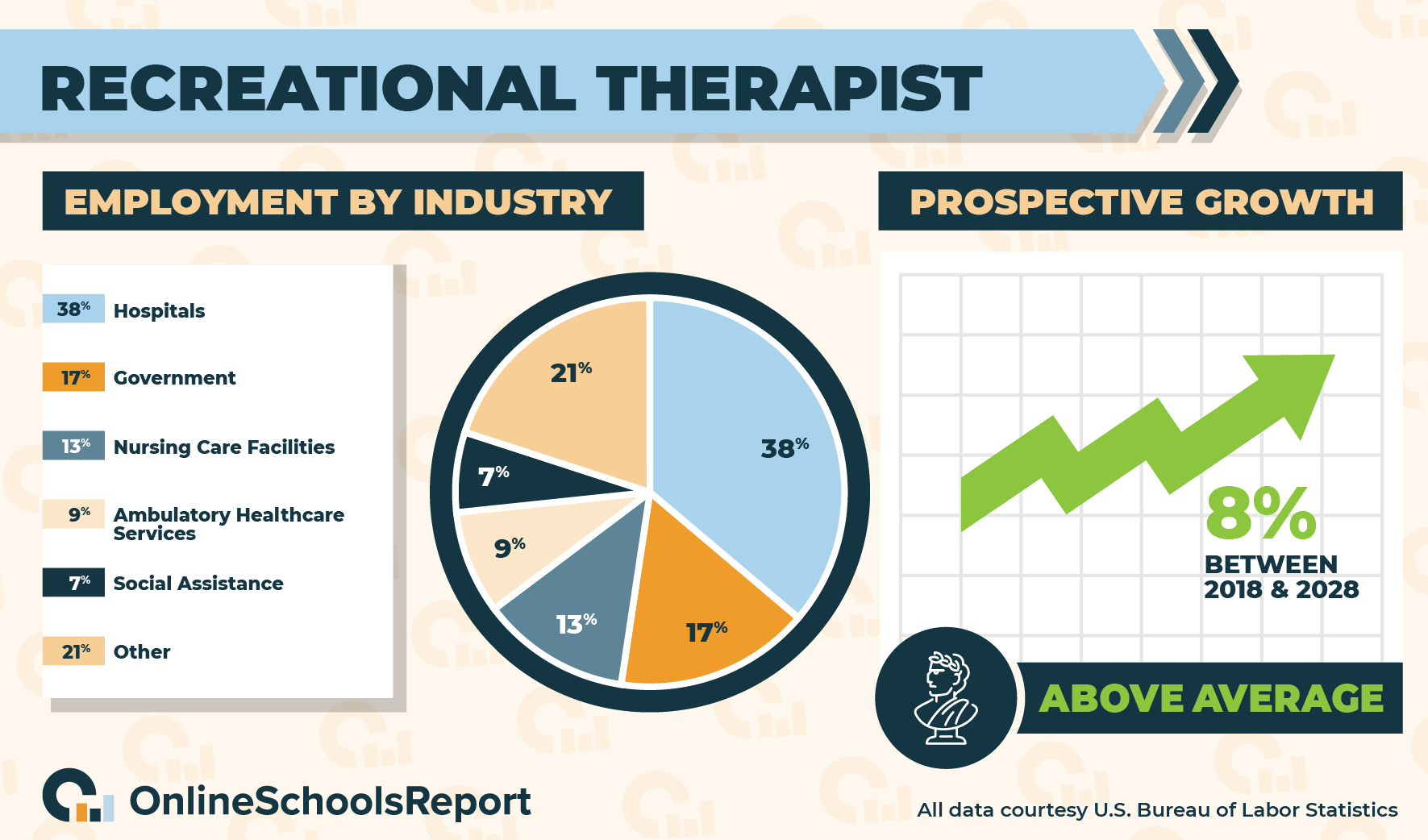
A bachelor’s degree is the minimum educational requirement to become a recreational therapist. Most recreational therapists need to earn their Certified Therapeutic Recreation Specialist (CTRS) credential through the National Council for Therapeutic Recreation Certification.
Also according to the BLS, 38% of all recreational therapists work in hospitals. Following that, 17% work for the government and 13% work in nursing care facilities. Beyond that, 9% work in ambulatory healthcare services, and 7% work in social assistance.
Recreational therapy degrees do exist but are not required to earn this certification so long as certain prerequisites have been met, such as human anatomy, medical and psychiatric terminology, and characteristics of illnesses and disabilities, among others.
Many art therapists specifically couple a certified therapeutic recreation specialist (CTRS) designation with an advanced degree in psychology or social work and licensing as a marriage and family therapist (LMFT).
Good states to live in for recreational therapists include New York and California.
Archivists, Curators, and Museum Workers
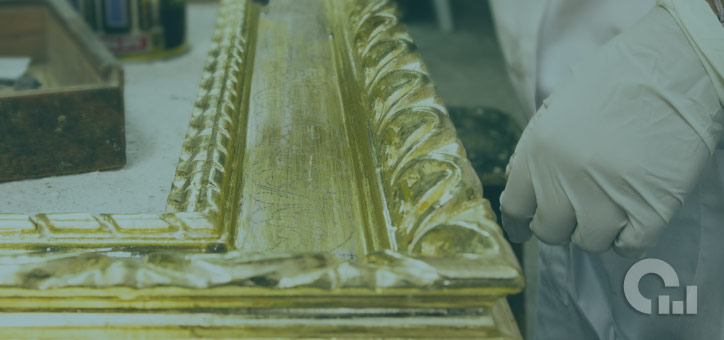
Studying the history of art is a natural fit for any archivist, curator, or museum worker, and many art history majors go on to work in professions such as these. Involved in this work is the preparation, oversight, and restoration of works of art and other historical artifacts housed within the collection of a museum or other institution.
Also part of the job for an archivist, curator, or museum worker is to establish and oversee policies and guidelines regarding public access to these items and artifacts. They must also find and acquire new materials for the collection.
Additionally, archivists create and manage systems to maintain and preserve electronic records of the work while organizing and classifying archival materials. They may also safeguard their work with film and digital copies of these items.
Curators, museum technicians, and conservators perform many similar tasks, with an added emphasis on the presentation, maintenance, and coordination of exhibits.

Minimum education requirements vary between these different roles: from a library science degree for archivists to a bachelor’s degree in art history for those interested in working as a museum technician.
The Academy of Certified Archivists also offers the Certified Archivist credential. A master’s degree in museum studies, library science, art history, or a related subject is required to earn this designation.
According to the Bureau of Labor Statistics, 40% of archivists, curators, and museum workers are employed by museums and historical sites, while 22% work for the government, and 17% work in education.
There are about 38,000 positions in the U.S. and that number is expected to grow by 11% in the decade spanning 2019–2029, which is faster than average.
States with strong employment numbers for archivists, curators, and museum workers include New York and California.
Craft and Fine Artists

The world of a craft or fine artist is one of composition, color, space, and perspective. Some specific examples of craft and fine artists include cartoonists, fiber artists, and illustrators, among many others.
In their work, craft and fine artists use a variety of techniques and work in an array of mediums, including knitting, glassblowing, and sculpting. Their objective is to make art for sale or exhibition.
Craft and fine artists also push boundaries with new mediums, using sketches, templates, and models to develop their work. An important part of the job for a craft or fine artist is to develop a portfolio, showcasing their talent and versatility for gallery owners and others that may be interested in buying their art.
Displaying work at auctions, craft fairs, galleries, museums, and online marketplaces is also important for those in this profession, as well as completing grant proposals and applications for funding and financial support.
There are usually no minimum educational requirements to become a craft or fine artist, though most complete a Bachelor of Fine Arts in their medium of choice, such as painting or ceramics. Many more go on to complete a Master of Fine Arts to develop their skills and boost employment potential.
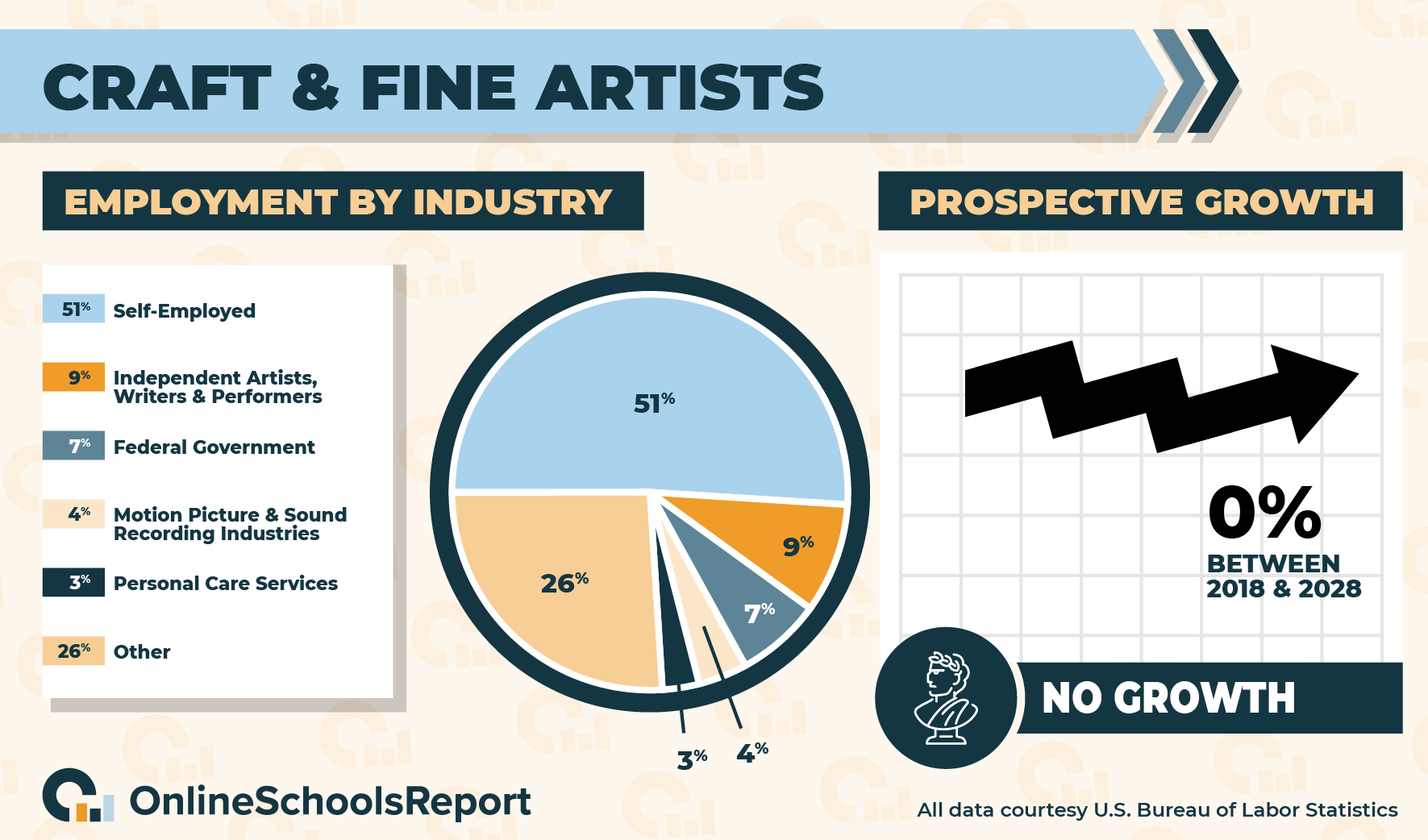
It’s important that your educational institution is accredited by The National Association of Schools of Art and Design (NASAD). NASAD recognizes more than 360 postsecondary institutions across the U.S. Some fine arts graduates go on to earn their teaching certificate allowing them to teach art to a variety of grade levels.
Graduate programs also exist in medical illustration, combining an arts education with human and animal anatomy, and surgical and medical procedures, among other topics.
According to the Bureau of Labor Statistics, craft and fine artists make a bit less than $49,000 a year on average. There are about 52,000 jobs across the U.S. and that number is expected to hold steady for the next decade, according to the BLS.
Data from the BLS also states that about half, or 51%, of all craft and fine artists are self-employed. Following that, 9% are independent artists, writers, and performers, and 7% work for the federal government.
An additional 4% of all craft and fine artists work in the motion picture and sound recording industries and 3% work in personal care services. States with strong employment opportunities for craft and fine artists include California, New York, Maryland, and Texas.
Public Relations and Fundraising Managers

Through an art history degree, many students network with nonprofit art agencies and institutions. This can lead to work for some art history majors in public relations and fundraising, two vitally important roles in the nonprofit sector.
Public relations and fundraising work is not limited to nonprofits, however. No matter where they are employed, public relations managers create and direct the public-facing image of their client or employer. This requires the kind of visual literacy provided by degrees like art history.
Public relations managers may also write press releases and other forms of media communication, while developing and instituting advertising strategies and programs. Staff supervision can also be part of the job.
Fundraising managers perform many similar tasks with a few key differences. Fundraising managers identify and communicate with donors and other sources of financial support for their client or employer. They meet face-to-face with donors and plan events to generate donations.
Grant writing is another important part of the job for a fundraising manager, as is managing and keeping tabs on progress toward a funding goal. Fundraising managers also often manage staff.
According to the Bureau of Labor Statistics, public relations and fundraising managers make an average of $116,000 a year, and there are 88,000 jobs in public relations and fundraising throughout the U.S. That number is projected to increase at a rate of 8% in the decade spanning 2019–2029, which is faster than the average rate of growth in many other professions.

Also according to the BLS, a bachelor’s degree in public relations is required to work in these industries, though many couple a bachelor’s degree in a major like art history with a graduate degree in public relations or a related subject.
Though rarely required, additional professional certifications and designations are available through the Public Relations Society of America (PRSA), and the Certified Fundraising Executive program from CFRE International.
Data from the BLS reflects that 21% of all fundraising and public relations managers work in education, and 21% work for religious, grantmaking, civic, and professional organizations. In addition, 15% work for scientific and technical services, and 8% manage companies and other enterprises.
States with strong employment numbers in these professions include California and New York.
Art History Degrees
As can be seen, any number of great careers are made possible by a degree in art history, no matter if that degree is your final destination or merely a starting point. More information on the full range of degree offerings in the art history major is coming up next.
Associate Degree in Art History
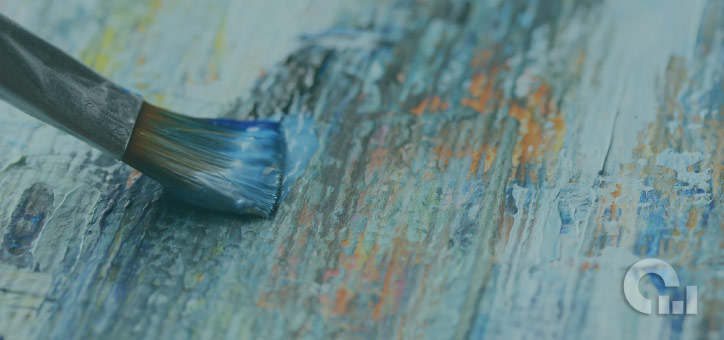
An Associate of Art (AA) degree in Art History is a common starting point for students interested in this field.
In addition to the beginning of a liberal arts education, an associate degree in art history student will gain skills and knowledge related to different periods of art, including how to identify those periods and the individual styles of some of history’s greatest artists.
Coursework may also include museum administration, arts curation, fundraising, and preservation. Examples of specific class topics are baroque and renaissance art, the history of photography, and indigenous art, among many others.
Associate degree programs are often vocational and hands-on in nature, and most who earn this type of degree intend to transfer those credits to a four-year college or university to complete their bachelor’s degree. This can save time and significantly cut the cost of a college education.
Some career opportunities provided by an AA in Art History, however, do include administrative and entry-level work in arts organizations, museums, or galleries. But career advancement opportunities may be limited.
A high school diploma or equivalent is a prerequisite for an associate degree program, as are transcripts. The minimum GPA is most often 2.0, but that can vary between programs. SAT and ACT scores are also frequently required.
Associate degree programs typically consist of 60 credits or about 20 college courses. That takes most students about two years. Some art history programs are offered in the traditional classroom setting at a junior or community college, or in a hybrid model. Some are offered entirely online.
Bachelor’s Degree in Art History

Once their AA in art history is complete, many students continue their educational journey with a Bachelor of Arts (BA) in Art History.
A student in a bachelor’s degree program in art history will continue to learn the history of art, how to identify the style of certain artists, and how to put it all in a critical perspective.
An art history bachelor’s degree requires strong writing skills and the ability to think analytically. Art history bachelor’s degrees also allow concentrations in certain eras of art, in certain mediums and styles, and even in particular artists.
Coursework in an art history bachelor’s degree program will cover the different periods of art, ranging from the baroque to modern periods. Students may also learn the history of ancient sculpture or study the histories of indigenous art forms from all around the world.
In addition, art history bachelor’s degree programs also provide ample networking opportunities with museums and other arts organizations. This gives students a jumpstart on finding work following the completion of the program.
A high school diploma with transcripts is a prerequisite for a bachelor’s degree program, with a minimum GPA of 2.0, though GPA requirements may vary between programs. SAT or ACT scores may also be required. Many students transfer to a bachelor’s degree program following completion of an associate degree.
Typically, bachelor’s degree programs consist of about 120 credits or about 40 college courses. That takes many students about four years to complete.
Post-graduation, art history students often go on to become museum workers, archivists, curators, or educators. Many others continue on to complete graduate degrees in art history or to earn a teaching certification.
Bachelor’s degrees in art history are offered in the traditional classroom setting, through a hybrid online and in-person model, or even completely online through some institutions.
Master’s Degree in Art History
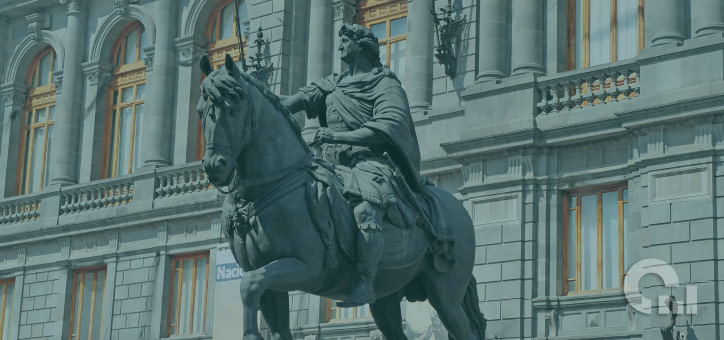
Following the completion of a bachelor’s degree, a Master of Art (MA) in Art History is the next step for students intent on continuing their education in art history.
A master’s degree program will allow for further concentration, often culminating in the completion of a thesis project, developed and defended in close collaboration with a faculty advisor. This thesis will offer fresh insight into the subject of art history and require rigorous research and a unique perspective.
Specific coursework in a master’s degree program in art history can cover topics such as renaissance and modern art history, or subjects like issues in contemporary art.
Survey courses can cover periods of art such as impressionism and postmodernism, among many others. Internships at a gallery or museum are also made possible by many programs.
Following graduation, students commonly go on to teach at the high school, college, or university level. Others may find work in a museum or art gallery, or to work at an arts-related nonprofit organization.
Some who combine a master’s in art history with a fine arts education may also go on to become a board-certified art teacher through the National Board for Professional Teaching Standards.
Another option for graduates is the Artist in Healthcare–Certified designation to use art as a form of therapy within the healthcare system.
A bachelor’s degree with transcripts and a GPA of 3.0 are common prerequisites for a master’s degree program in art history. GRE or GMAT scores may also be required. Undergraduate degrees in an arts-related major are accepted by many programs, so long as certain prerequisites are satisfied.
Although this can vary between programs, most master’s degree programs consist of about 40 course credits, though this can range up to 90 quarter-credits in some programs. This takes most students about two years to complete.
Students interested in a master’s degree program can also choose between in-person coursework, a hybrid model, or programs offered completely online, with many programs designed to accommodate the schedules of an already working professional.
Doctorate’s Degree in Art History
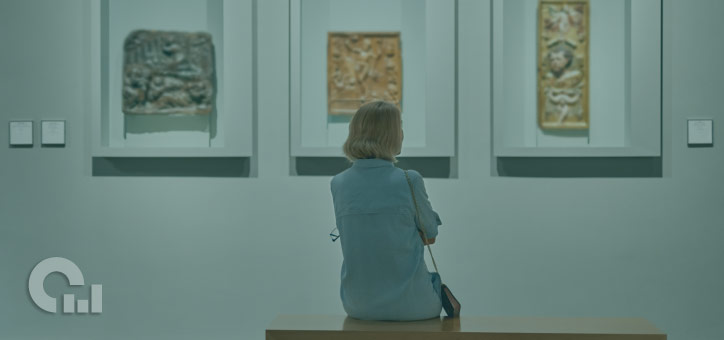
The select few who continue on to pursue a Doctor of Philosophy or Ph.D. in Art History are most often intent on a career in academia or to work at the highest levels of major museums. Graduates may also write or research in their area of expertise.
Ph.D. programs require intensive writing and research, with a terminal doctoral dissertation required as a condition of graduation. Many Ph.D. programs in art history will require a blend of seminars and traditional coursework.
Areas of emphasis include Greek and Roman art, Chinese art, and pre-Columbian art, among many others. Some programs provide a fastrack from an MA in Art History to a Ph.D.
Students typically teach at the postsecondary level following the completion of their Ph.D., and many students teach lower-division courses at the institution from which they are earning their degree while still enrolled.
Some students take up to ten years to complete their Ph.D. in art history, which often consists of about 60 credits. These courses can often be completed in-person, online, or through a hybrid approach.
Most classroom and seminar time is completed in the first two years of the program, with the remaining time is spent developing and defending a dissertation. Seminars, fieldwork, and practicums may also be required.
An MA in an arts-related major is a prerequisite for most Ph.D. programs, with a GPA of around 3.0, though minimum GPA requirements may vary. Transcripts, letters of recommendation, or a statement of personal intent may also be required. Some programs require proficiency in up to two foreign languages.


